Understanding Your Dog's Grooming Needs

Understanding Your Dog's Grooming Needs:
To properly groom your dog, it is crucial to understand their specific grooming needs. Different dog breeds have varying coat types, lengths, and textures, which require tailored grooming techniques. Some breeds may have short hair that needs minimal maintenance, while others may have long or curly coats that require regular brushing and detangling.
Additionally, factors such as your dog's activity level, age, and health conditions should be considered when determining their grooming routine. Senior dogs or those with special needs may require gentler handling and specific grooming products suitable for their health conditions.
By understanding your dog's unique grooming needs, you can ensure they receive the appropriate care to keep their coats healthy and maintain their overall well-being.
A. Importance of regular grooming for different dog breeds
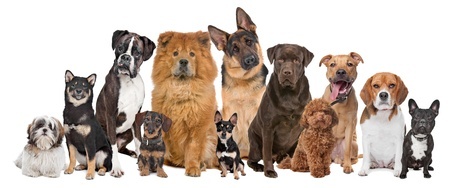
Regular grooming is essential for maintaining the health and well-being of different dog breeds. Proper grooming helps to keep their coat clean, free from tangles and mats, and reduces shedding. It also allows for early detection of skin issues or parasites. Regular brushing stimulates blood circulation and distributes natural oils, promoting a healthier coat. Bathing removes dirt and odors, keeping dogs fresh and hygienic. Trimming nails prevents overgrowth and discomfort. Regular ear cleaning helps prevent infections. Grooming sessions also provide an opportunity to check for any abnormalities or injuries on the dog's body. Overall, regular grooming is crucial for the overall health, comfort, and appearance of different dog breeds.
B. Factors to consider before grooming your dog

Before grooming your dog, there are a few important factors to consider. First and foremost, you should take into account your dog's specific breed and the grooming needs associated with it. Different breeds have different coat types and may require specific grooming techniques or tools. It's also crucial to consider your dog's age and health condition. Older dogs or those with certain health issues may have special grooming requirements or need more gentle handling. Additionally, it's essential to have the right grooming supplies, such as brushes, combs, shampoos, and nail clippers, before starting the grooming process. Taking these factors into consideration will ensure that you are prepared to groom your dog properly and safely.
Grooming Basics for Short-Haired Breeds

Brushing and bathing short-haired breeds is relatively simple compared to longer-haired breeds. Regular brushing helps remove dirt, debris, and loose hair from their coats. A rubber grooming glove or a soft bristle brush can be used to gently brush the coat in the direction of hair growth. Bathing should be done every few months or as needed. Use a mild dog shampoo and ensure thorough rinsing to prevent residue buildup. Additionally, short-haired breeds should have their nails trimmed regularly, as well as their ears cleaned to prevent wax buildup and infections. With these basic grooming practices, short-haired breeds can maintain a healthy and tidy appearance.
A. Brushing and bathing tips for short-haired breeds
Brushing and bathing are essential grooming tasks for short-haired breeds. For brushing, use a bristle brush or rubber brush to remove any loose hair and keep the coat shiny. Brush in the direction of hair growth to minimize discomfort for your dog. However, short-haired breeds typically require less brushing compared to long-haired breeds.
When it comes to bathing, short-haired breeds only need bathing as necessary or when they become dirty. Use a dog-specific shampoo and gently massage it into their coat. Rinse thoroughly to remove all traces of shampoo and avoid skin irritation. Remember to dry your dog completely after bathing to prevent any moisture-related skin issues.
B. Nail trimming and ear cleaning for short-haired breeds
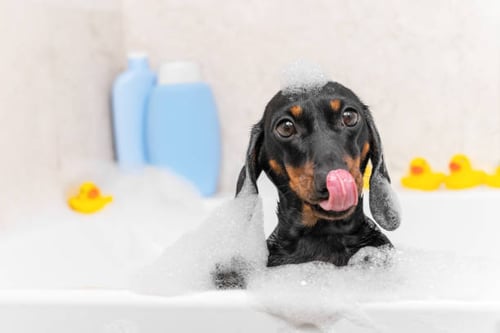
Nail trimming and ear cleaning are essential aspects of grooming for short-haired breeds. Keeping your dog's nails at an appropriate length is important for their comfort and mobility. Regular nail trims also prevent painful overgrowth or ingrown nails. When it comes to ear cleaning, short-haired breeds may be prone to ear infections due to moisture or wax build-up. To prevent this, gently clean their ears with a veterinarian-approved solution and cotton balls. It is crucial to avoid using cotton swabs, as they can push debris further into the ear canal. Regular maintenance of nails and ears ensures your short-haired dog's overall health and well-being.
Grooming Basics for Long-Haired Breeds

A. Coat maintenance and brushing techniques for long-haired breeds:
Regular coat maintenance is crucial for long-haired breeds to keep their fur healthy and free from tangles and mats. To maintain their coat, it is recommended to brush them daily using a slicker brush or a pin brush. Start by gently brushing the fur in the direction of hair growth, focusing on one section at a time. Be sure to reach all the way down to the skin to remove any loose hair or debris. Additionally, frequent bathing with a suitable dog shampoo can help keep their fur clean and manageable. Remember to always dry their coat thoroughly after bathing to prevent dampness that could lead to skin problems.
A. Coat maintenance and brushing techniques for long-haired breeds

Coat maintenance and regular brushing are essential for long-haired breeds to keep their fur healthy and free from tangles. For long-haired breeds, it is recommended to brush their coat at least once a day using a slicker brush or a wide-toothed comb. This helps to remove any knots or mats that may have formed and prevent further tangles. It is important to be gentle while brushing, starting from the roots and working your way down. Trimming the fur around the paw pads and sanitary areas can also help to keep the coat clean and prevent matting. Regular visits to a professional groomer can also be beneficial for maintaining the coat of long-haired breeds in its best condition.
B. Dealing with tangles, mats, and shedding for long-haired breeds

To deal with tangles, mats, and shedding in long-haired breeds, regular brushing is essential. Use a slicker brush or a wide-toothed comb to gently work through any tangles or mats. Start from the ends of the hair and work your way up to avoid causing discomfort to your dog. For stubborn mats, you may need to use a dematting tool or seek professional help. To manage shedding, consider using a deshedding tool during grooming sessions. Additionally, providing a balanced diet and ensuring your dog stays hydrated can promote healthy skin and coat, minimizing excessive shedding.
Grooming Basics for Double-Coated Breeds
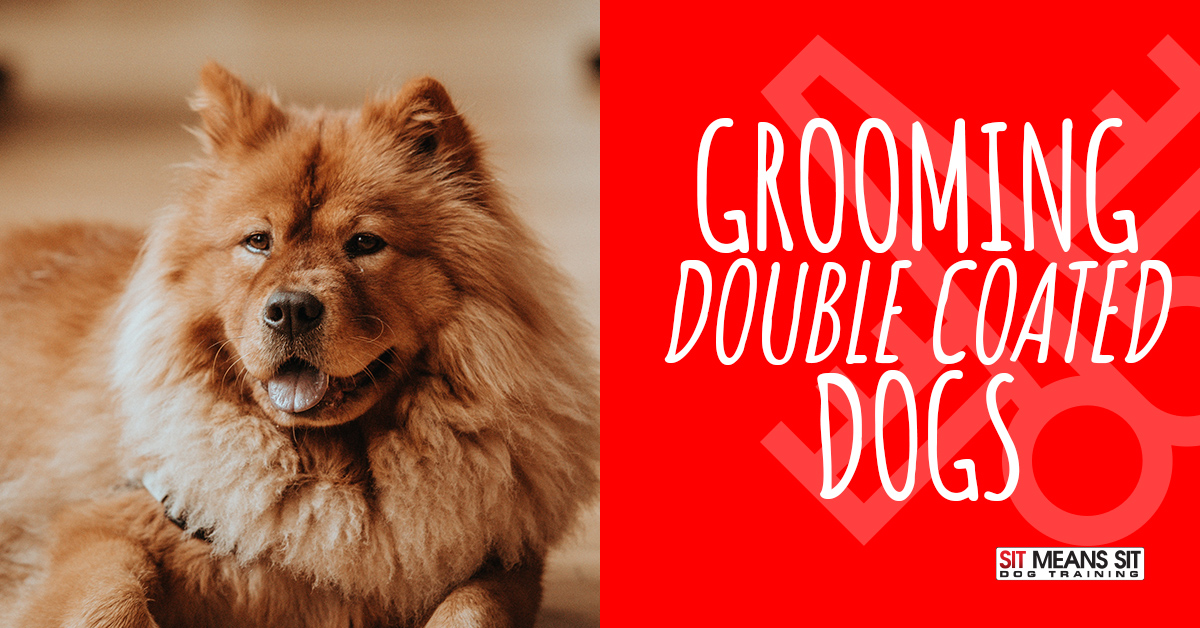
Understanding the unique grooming needs of double-coated breeds is essential to keeping their coats healthy and looking their best. These breeds, such as the Siberian Husky or Alaskan Malamute, have a dense undercoat that keeps them warm in cold weather. To maintain their coats, regular brushing is crucial to remove loose fur and prevent matting. It's also important to bathe them using a gentle shampoo designed for dogs with double coats. When drying, be sure to properly fluff their fur to ensure it dries completely. Regular grooming will help keep your double-coated dog's coat healthy and help prevent excessive shedding.
A. Understanding the unique grooming needs of double-coated breeds
Understanding the unique grooming needs of double-coated breeds is essential to keep their coats healthy and looking their best. Double-coated dogs, such as Siberian Huskies, Golden Retrievers, and German Shepherds, have two layers of fur: a dense undercoat and a longer, protective topcoat. This double coat provides insulation and protection from the elements. To properly groom a double-coated breed, regular brushing is crucial to remove loose hair and prevent matting. Additionally, these breeds may shed heavily twice a year during seasonal changes. It is important to be prepared for this by having appropriate tools and techniques for managing excess shedding.
B. Tips for proper grooming and preventing excessive shedding
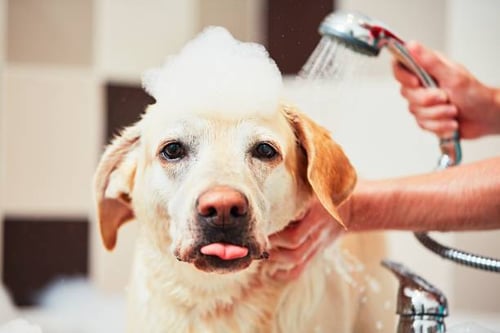
B. Tips for proper grooming and preventing excessive shedding:
- Regular brushing: Brushing your dog's coat on a regular basis helps to remove loose fur and prevent it from settling in your home. Use a slicker brush or a grooming glove, depending on the type of coat your dog has.
- Bathing: Bathe your dog using a gentle shampoo that is specifically formulated for dogs. Avoid over-bathing, as it can strip away essential oils from the skin and cause dryness.
- Conditioning: After bathing, use a conditioner or detangling spray to make your dog's coat more manageable and less prone to tangling.
- Proper nutrition: Feed your dog with a high-quality diet that contains essential nutrients for healthy skin and coat. Consult with your veterinarian to ensure your dog is getting the right nutrients.
- Regular check-ups: Schedule regular visits to a professional groomer who can assess your dog's coat condition and provide recommendations on how to best maintain it.
- Keep hydrated: Ensure that your dog stays well hydrated, as dehydration can affect the health of their skin and coat.
- Supplements: Consider adding omega-3 fatty acid supplements to your dog's diet, as they promote healthy skin and reduce excessive shedding.
- Avoid excessive heat: Excessive heat can lead to dryness and breakage of hair, so avoid blow-drying your dog's fur at high temperatures or exposing them to direct sunlight for long periods.
By following these tips, you can properly groom your dog and prevent excessive shedding, keeping their coat healthy and beautiful.
Grooming Basics for Curly-Coated Breeds
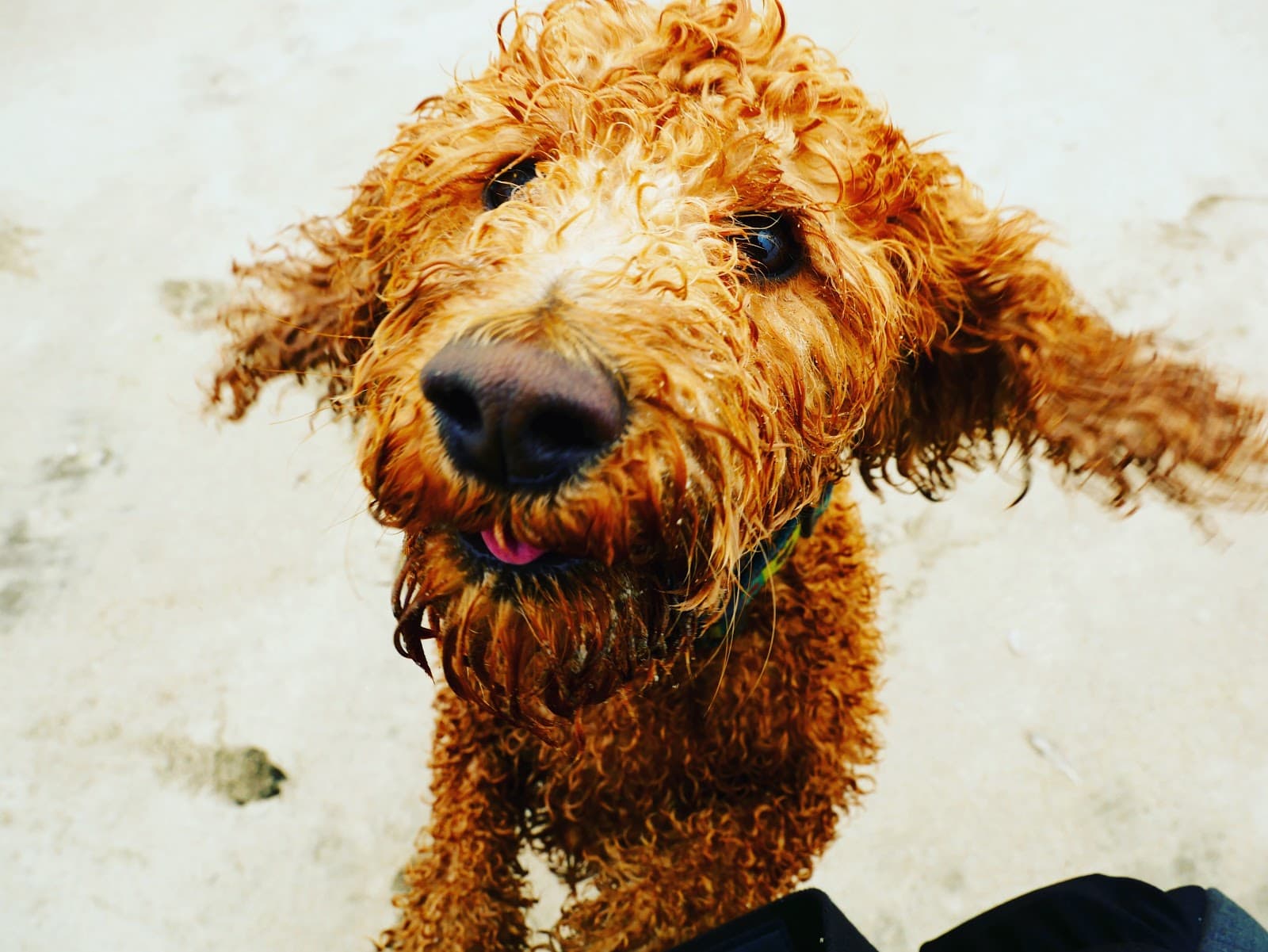
Curly-coated breeds require special attention when it comes to grooming. Their unique coats require regular maintenance to keep them looking their best. To maintain the curls and prevent tangling, it is important to brush them regularly using a comb or slicker brush designed for curly hair. Detangling sprays can also be useful in easing out any knots. It is recommended to avoid using a brush with widely spaced bristles as it may cause the coat to break or become frizzy. Regular bathing with a moisturizing shampoo and conditioner specifically formulated for curly hair can help keep the coat clean and hydrated. It is important to dry the coat thoroughly after bathing to prevent matting.
A. Special attention required for grooming curly-coated breeds

Grooming curly-coated breeds requires special attention due to their unique hair texture and structure. These dogs often have tight curls that can easily become tangled and matted if not properly cared for. It is important to regularly brush their coats with a wide-toothed comb or a slicker brush to prevent matting and maintain the curls' shape. In addition, curly-coated breeds should be bathed with a moisturizing shampoo specifically designed for their hair type, followed by a conditioner to keep their curls soft and manageable. Regular trimming of the hair around the face, paws, and tail is also essential for preventing discomfort or hygiene issues. By giving proper attention to grooming, you can ensure that your curly-coated dog's coat stays healthy and beautiful.
B. Techniques for maintaining the curls and preventing tangling

One of the main challenges for grooming curly-coated breeds is maintaining their curls and preventing tangling. To keep their curls in top shape, regular brushing is essential. Use a slicker brush or a comb with wide teeth to gently remove any tangles or mats. It's important to be gentle and patient while brushing to avoid causing discomfort to the dog. Professional groomers also recommend using a leave-in conditioner or detangler spray specifically designed for curly coats. This helps to prevent tangles and keeps the fur soft and manageable. Regular grooming sessions should be scheduled to maintain the health and appearance of the curls.
Grooming Basics for Toy and Small Breeds
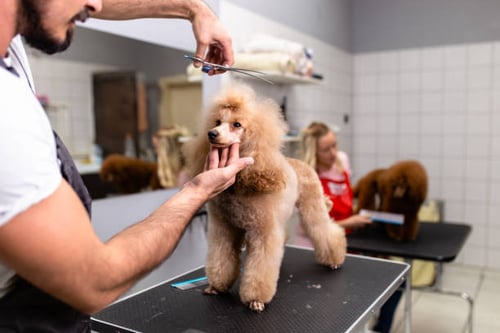
A. Trimming and styling techniques for toy and small breeds:
When it comes to grooming toy and small dog breeds, trimming is essential for maintaining their neat appearance. Regularly trim their hair around the face, ears, paws, and tail to prevent mats and tangling. Use small grooming scissors or clippers designed specifically for their size to ensure precision and safety. Additionally, styling their coat with a brush or comb can help maintain its shape and texture.
B. Dealing with dental care and specific grooming challenges:
Toy and small dog breeds are prone to dental problems, so regular brushing with a toothbrush and toothpaste formulated for dogs is vital. Pay attention to any specific grooming challenges they may have, such as sensitive skin or tear staining. Adjust your grooming routine accordingly by using gentle products suitable for their needs.
Remember that while grooming toy and small breeds may require extra care due to their delicate size, it's essential to make the experience positive and comfortable for them.
A. Trimming and styling techniques for toy and small breeds

Trimming and styling small toy breeds requires precision and attention to detail. When it comes to trimming their fur, it is important to use sharp, high-quality scissors to achieve a neat and polished look. Start by brushing the coat thoroughly to remove any tangles or mats. Trim around the ears, paws, and tail to give them a clean and well-groomed appearance. For styling, consider options such as cute bows or bandanas that complement their size and personality. Remember to be gentle during the process and reward your furry friend with treats for their cooperation.
B. Dealing with dental care and specific grooming challenges

When it comes to grooming toy and small breeds, dental care is of utmost importance. Dental hygiene plays a crucial role in the overall health and well-being of these dogs. Regular brushing using a dog-specific toothbrush and toothpaste helps prevent dental issues such as plaque buildup, tartar formation, and gum disease. Additionally, specific grooming challenges for toy and small breeds include sensitive skin that may require gentle grooming products, delicate ears that need regular cleaning to prevent infections, and careful handling during nail trimming due to their small size. By addressing these challenges, you can ensure that your toy or small breed dog remains healthy and happy.
Grooming Basics for Active and Outdoor Breeds
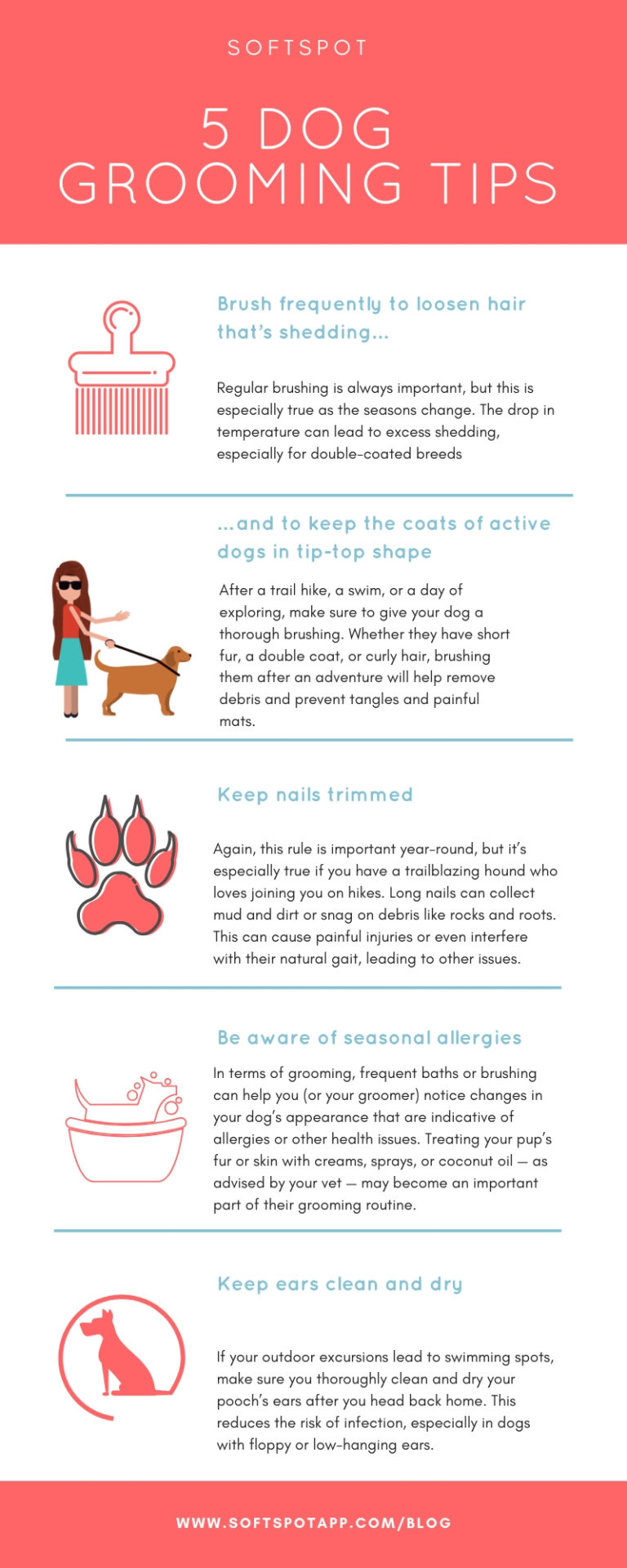
A. Coat care and cleaning for active and outdoor breeds:
Active and outdoor breeds, such as Labrador Retrievers and Australian Shepherds, require special attention when it comes to grooming. Their frequent exposure to dirt, debris, and outdoor elements can lead to a build-up of dirt and matting in their coats. Regular brushing is essential to remove any tangles or mats and keep their coat clean. Additionally, these breeds may benefit from occasional baths using a dog-specific shampoo that helps to clean thoroughly without drying out their skin. It is important to dry their coat completely after baths to prevent any moisture-related skin issues.
B. Paw pad and hygiene maintenance for active and outdoor breeds:
In addition to coat care, active and outdoor breeds also require paw pad and hygiene maintenance. Outdoor activities can wear down their paw pads, making them susceptible to cuts, cracks, or injuries. Regular inspection of the paw pads for any issues, such as foreign objects or wounds, is crucial. Trimming excess hair between the paw pads can prevent matting or trapping debris in the fur. It's also important to maintain good oral hygiene by regularly brushing their teeth and checking for any dental issues that may require veterinary attention.
Overall, grooming active and outdoor breeds requires regular coat care, as well as attention to their paw pads and overall hygiene to ensure they stay healthy and comfortable amidst all their adventurous activities.
A. Coat care and cleaning for active and outdoor breeds

Coat care and cleanliness are essential for active and outdoor breeds. These dogs often engage in physical activities that can lead to dirt, debris, and even parasites getting trapped in their coat. To maintain their coat's health, it is important to regularly brush them to remove any tangles or mats. Bathing should be done as needed, using dog-specific shampoo to ensure a clean and healthy coat. Additionally, regular inspections for ticks, fleas, or other pests are crucial for the well-being of these breeds. Keeping their coat clean and well-maintained will contribute to their overall comfort and prevent any skin issues that may arise.
B. Paw pad and hygiene maintenance for active and outdoor breeds
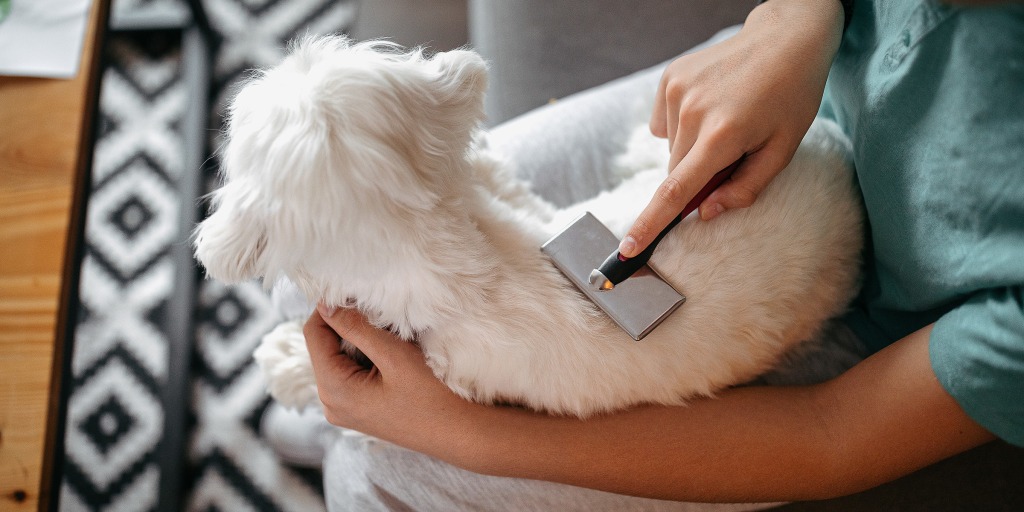
B. Paw pad and hygiene maintenance for active and outdoor breeds:
When it comes to active and outdoor breeds, proper paw pad care is essential. Regularly inspect their paw pads for any cuts, scratches, or foreign objects lodged between their toes. If you notice any issues, clean the area gently with warm water and apply a pet-safe antiseptic ointment. Additionally, trimming the hair around the paw pads will prevent debris from getting tangled and causing discomfort. Good hygiene is crucial for these breeds, so make sure to clean their paws after walks or outdoor activities to remove any dirt or bacteria. Lastly, keep their nails trimmed to ensure proper weight distribution and prevent any potential injuries while being active.
Grooming Basics for Senior and Special Needs Dogs

Grooming Basics for Senior and Special Needs Dogs
Senior dogs and dogs with special needs require extra care and attention when it comes to grooming. It is important to consider their physical limitations and any health issues they may have. Regular grooming can help maintain their skin and coat health, as well as prevent matting and discomfort.
When grooming senior dogs, it is advisable to use gentle brushing techniques that are less stressful for their joints. Trim their nails carefully to prevent overgrowth or injury. For dogs with special needs, such as those with mobility issues or sensory sensitivities, it may be necessary to adapt grooming techniques accordingly.
Remember to consult with a veterinarian or a professional groomer who is experienced in working with senior and special needs dogs. They can provide guidance on the best grooming practices specific to your dog's individual needs.
A. Understanding the grooming requirements of senior dogs
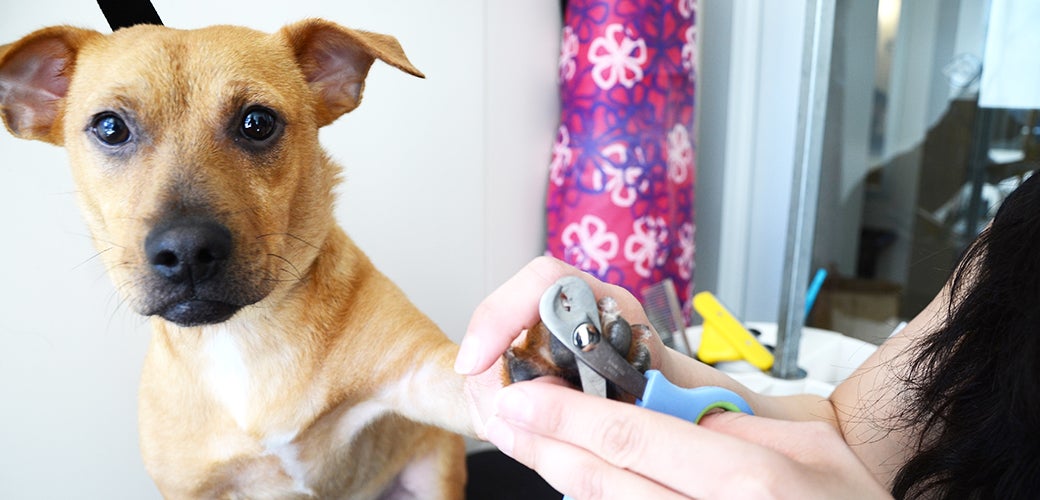
As dogs age, their grooming needs may change. Senior dogs often require special attention and care to maintain their overall health and well-being. When it comes to grooming senior dogs, it is important to understand their unique requirements. Due to age-related issues such as arthritis or reduced mobility, they may have difficulty reaching certain areas for self-grooming. Regular brushing helps to remove loose hair and prevent matting. Additionally, senior dogs may benefit from more frequent dental cleanings and regular ear cleaning to prevent infections. It is also important to be gentle and patient during grooming sessions, ensuring the comfort and safety of your beloved senior canine companion.
B. Catering to the specific needs of dogs with health issues

B. Catering to the specific needs of dogs with health issues:
When it comes to grooming dogs with health issues, it is essential to take extra precautions and make necessary accommodations. Dogs with health issues like arthritis or joint problems may find it challenging to stand for extended periods, so it is recommended to provide them with a comfortable surface or consider grooming them in a seated position.
For dogs with sensitive skin or allergies, it is crucial to use hypoallergenic shampoos and products. Regular brushing is also important for dogs with certain medical conditions, as it helps distribute natural oils and promotes a healthy coat. Additionally, pay special attention to any wounds or skin infections during grooming and consult your veterinarian if you notice any concerns.
Overall, understanding your dog's specific health needs and adapting the grooming routine accordingly can help ensure their comfort and well-being.
Conclusion
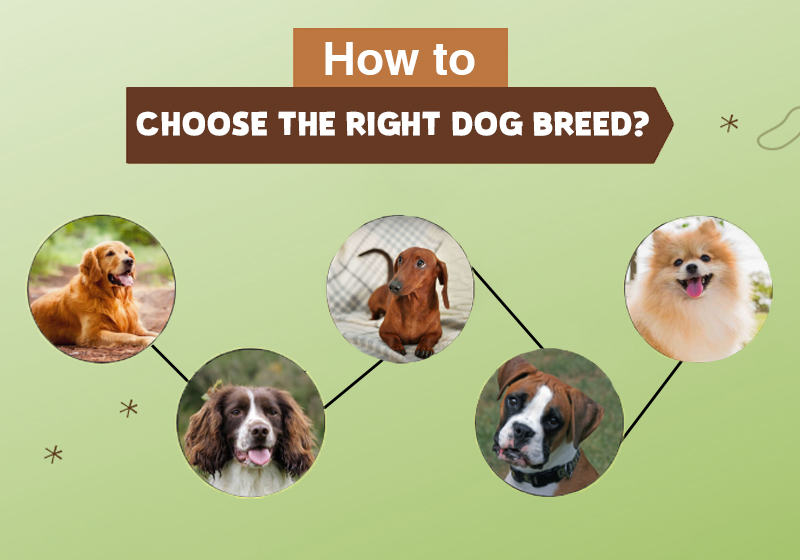
In conclusion, understanding the grooming needs of different dog breeds is essential for maintaining their health and overall well-being. Regular grooming not only keeps their coat clean and free of tangles but also helps to prevent skin issues and promotes a bond between dogs and their owners. Whether it's short-haired breeds, long-haired breeds, double-coated breeds, curly-coated breeds, toy and small breeds, active and outdoor breeds, or senior and special needs dogs, each breed requires specific grooming techniques tailored to their unique needs. By following these basic grooming tips and seeking professional help when needed, dog owners can ensure that their furry friends look and feel their best.
Comparison of grooming techniques for different dog breeds

Different dog breeds have varying grooming needs, and it's essential to understand the specific techniques required for each breed. Short-haired breeds, such as Beagles or Boxers, benefit from regular brushing and occasional baths to keep their coats healthy and shiny. Long-haired breeds, like Shih Tzus or Afghan Hounds, require more frequent brushing and coat maintenance to prevent tangles and mats. Double-coated breeds, including Huskies or Golden Retrievers, need special attention to manage shedding and maintain their undercoats. Curly-coated breeds like Poodles or Bichon Frises need regular brushing and careful attention to keep their curls looking their best. Toy and small breeds often require trimming and styling techniques tailored to their size. Active and outdoor breeds such as Labradors or German Shepherds need regular coat care and cleaning due to their active lifestyles. Senior dogs may require more gentle grooming techniques suitable for their age, while dogs with health issues may need extra attention to catering for their specific needs. By understanding the unique grooming requirements of different breeds, you can ensure your furry friend looks and feels their best.
Frequently Asked Questions about dog grooming
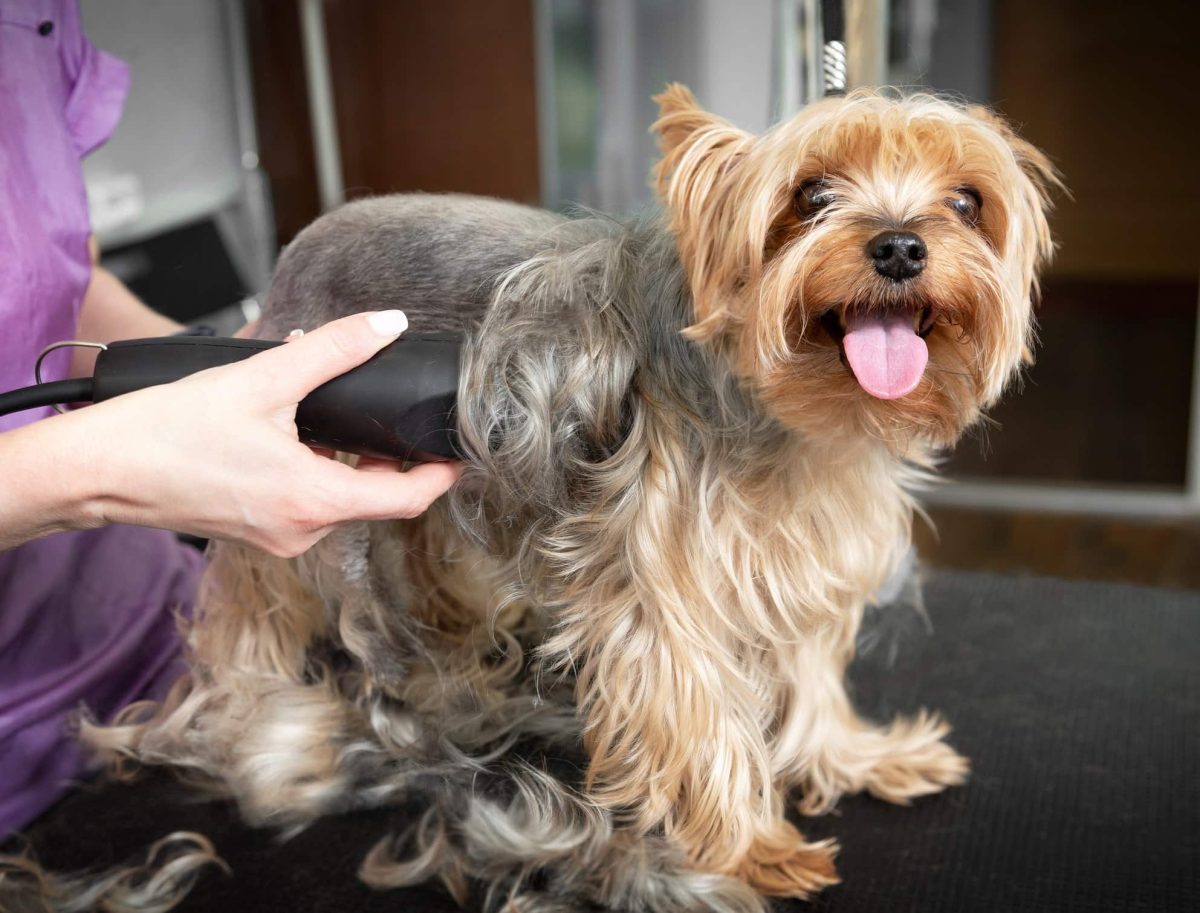
Frequently Asked Questions about dog grooming:
- How often should I groom my dog?
The frequency of grooming depends on the breed, coat type, and personal preference. Generally, dogs with longer hair require more frequent grooming, while those with shorter hair may need less frequent grooming. - Can I groom my dog at home or should I take them to a professional groomer?
You can groom your dog at home if you have the necessary tools and knowledge. However, if you are unsure or your dog requires specialized grooming techniques, it's best to seek the services of a professional groomer. - How do I choose the right grooming products for my dog?
Consider your dog's coat type and any specific skin conditions they may have. Consult with a veterinarian or professional groomer for recommendations on suitable shampoos, conditioners, and brushes. - How do I introduce my puppy to grooming?
Start by slowly introducing your puppy to the grooming tools and process in a positive and gentle manner. Offer treats and praise during each step to help them associate grooming with positive experiences. - Should I trim my dog's nails myself?
If you feel comfortable doing so and have experience in trimming nails, you can do it at home. However, if you are uncertain or nervous about causing injury, it is best to have a professional groomer or vet trim your dog's nails.
Remember, every dog is different, so it's important to consider their individual needs when establishing a grooming routine. If you have any concerns or questions about dog grooming, consult with a professional for guidance.




0 Comments